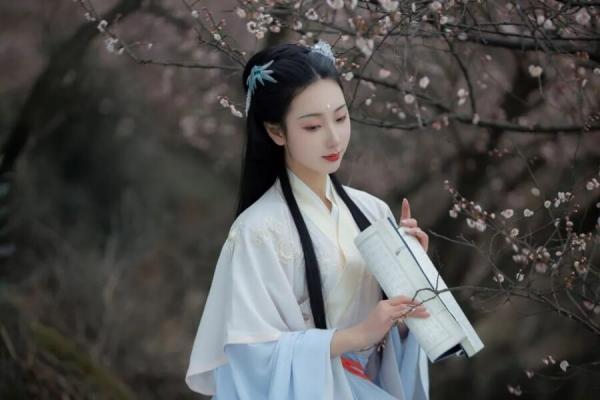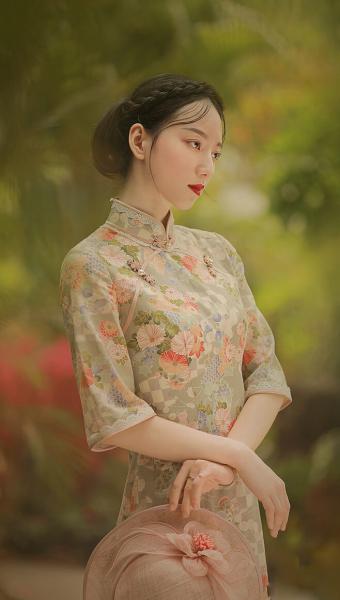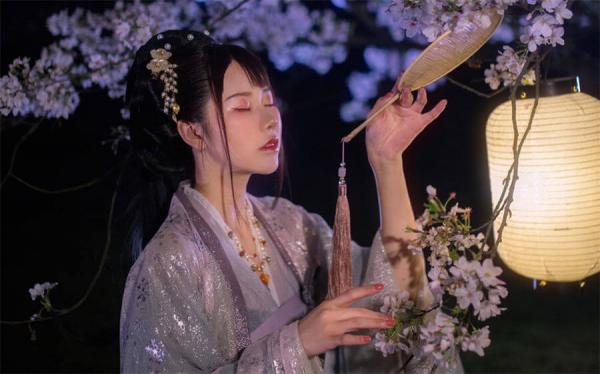Unveiling the Beauty of Traditional Chinese Clothes: An Insightful Guide
Traditional Chinese clothing is a treasure trove of rich history and cultural significance. For centuries, these elegant garments have captivated the world with their intricate designs, vibrant colors, and timeless appeal. They are a testament to the artistry and craftsmanship of ancient civilizations.
In this insightful guide, we will delve into the beauty of traditional Chinese clothes, exploring its historical roots, distinct styles, and enduring legacy. We will take a closer look at the intricate details and techniques that make each garment unique, and the cultural significance behind each aspect. We will also discuss how traditional Chinese clothes has evolved over time, and its impact on contemporary fashion.

The Historical Roots of Traditional Chinese Clothes
Traditional Chinese Clothes, also known as hanfu, has a rich and fascinating history that spans over 3,000 years. Each dynasty has left its unique mark on the evolution of hanfu, resulting in a diverse and intricate fashion landscape.During the Han dynasty, the flowing robes were an essential part of the traditional Chinese attire. These robes were made of silk or cotton and were decorated with intricate patterns. However, it is also worth noting that during this period, the style and design of clothes varied greatly depending on one's social status. For example, officials wore robes with square collars, while commoners wore robes with round collars.
Moving on to the Tang dynasty, the court ensembles were highly intricate and sophisticated. The nobles and emperors of the time favoured long, flowing robes made of silk, adorned with elaborate embroidery and intricate designs. The Tang dynasty and the later dynasties also saw the emergence of new styles and trends, including the emergence of the cheongsam, a form-fitting dress that became popular among women. It is interesting to note that the cheongsam was originally a Manchu garment that was later adopted by the Han Chinese and modified to suit their own tastes.
The Symbolism and Significance of Traditional Chinese Clothes
Traditional Chinese clothing is a reflection of the rich cultural heritage of China, incorporating a wide range of elements that hold symbolic meanings. The intricate designs, vibrant colors, and unique fabrics are all carefully chosen to express cultural values and social status. For instance, the color red is believed to represent good fortune and happiness, while the dragon motif symbolizes power and imperial authority. Other elements, such as the use of silk and embroidery, represent elegance, sophistication, and artistry.Furthermore, the symbolism behind traditional Chinese clothes goes beyond aesthetics. It also reveals important aspects of Chinese history and society. For instance, the use of certain patterns and fabrics can be traced back to specific dynasties or regions, highlighting the diversity and complexity of Chinese culture. Additionally, the social status of the wearer can also be determined by the type and quality of their clothes.
Understanding the symbolism and significance behind traditional Chinese clothes is essential in appreciating its beauty and cultural value. It not only allows us to honor the traditions of the past but also provides insight into the cultural values that were important to the people who wore these garments. By exploring the intricate details and hidden meanings of traditional Chinese clothes, we can gain a deeper appreciation for the rich tapestry of Chinese culture and history.

Styles of Traditional Chinese Clothes
Traditional Chinese clothes encompasses a wide array of styles, each unique in its own way. From the grandeur of the ceremonial qipao to the flowing elegance of the hanfu, there is something for every occasion and taste.The hanfu, characterized by loose-fitting robes and long, flowing sleeves, exudes an aura of grace and sophistication.
On the other hand, the qipao, with its form-fitting silhouette and high collar, represents modern Chinese fashion.
Other styles include the changshan, a long jacket worn over trousers, and the zhongshan suit, a formal suit with a mandarin collar.
Traditional Chinese Clothes in Modern Times
While traditional Chinese clothing remains deeply rooted in tradition, it has also found its place in contemporary fashion. Designers and fashion enthusiasts worldwide have embraced its allure and incorporated elements of traditional Chinese clothes into their collections. From red-carpet events to high-fashion runways, traditional Chinese clothing continues to captivate audiences with its timeless elegance.The fusion of traditional Chinese clothes with modern styles has created a new form of fashion that is both modern and traditional. This allows individuals to wear traditional Chinese clothing in their daily lives, expressing their appreciation for the beauty of the garment while still maintaining a modern look.
Traditional Chinese Clothes and Festivals
Festivals are an integral part of Chinese culture, and traditional clothes is an essential element of these celebrations. The rich and diverse history of traditional Chinese clothes has deep cultural roots and is deeply intertwined with the history of China.One of the most important festivals in China is the Lunar Chinese New Year, during which many Chinese people don traditional attire to pay homage to their heritage and bring good luck for the year ahead. The vibrant colors and intricate designs of traditional Chinese clothing add to the festive atmosphere and create a sense of cultural unity and pride.
In addition to the Lunar New Year, traditional Chinese clothes is also worn during other festivals such as the Lantern Festival, Qingming Festival, and Dragon Boat Festival. Each festival has its unique style, and the clothes worn during these events reflects the cultural significance of the festival.
The beauty and elegance of traditional Chinese clothes are not limited to festivals alone. In fact, many people, both young and old, still wear traditional clothing on a regular basis, especially during important events such as weddings and formal occasions. The intricate designs and bright colors of traditional Chinese clothes are often seen as a symbol of wealth, status, and cultural identity.

The Revival of Traditional Chinese Clothing
In recent years, there has been a resurgence of interest in traditional Chinese clothes. This revival movement seeks to preserve and promote the beauty of traditional Chinese clothes by making them accessible to a wider audience. With the rise of online platforms and dedicated stores, individuals around the world can now experience the elegance and charm of traditional Chinese clothes.The revival of traditional Chinese clothing has also created new job opportunities for artisans and craftsmen who specialize in the production of these garments. This has helped to keep traditional skills alive and pass them on to future generations.
Moreover, traditional Chinese clothes has been a source of inspiration for many contemporary fashion designers and has been incorporated into modern fashion trends. For xample, the qipao has been reinterpreted in numerous ways by designers around the world, making it a popular choice for formal events and fashion shows.
Wearing Traditional Chinese Clothes Today
Whether it's attending a special occasion, participating in cultural events, or simply exploring personal style, wearing traditional Chinese clothes allows individuals to connect with their heritage and showcase their appreciation for Chinese culture.
The versatility of traditional Chinese clothes ensures that there is a suitable outfit for any occasion, allowing wearers to embody grace, beauty, and a sense of tradition. It is a way to pay homage to the past while still embracing the present.
Traditional Chinese clothes has stood the test of time, and its beauty and cultural significance continue to captivate audiences around the world. By wearing traditional Chinese clothing today, individuals can not only connect with their heritage but also contribute to the preservation and promotion of this exquisite art form.